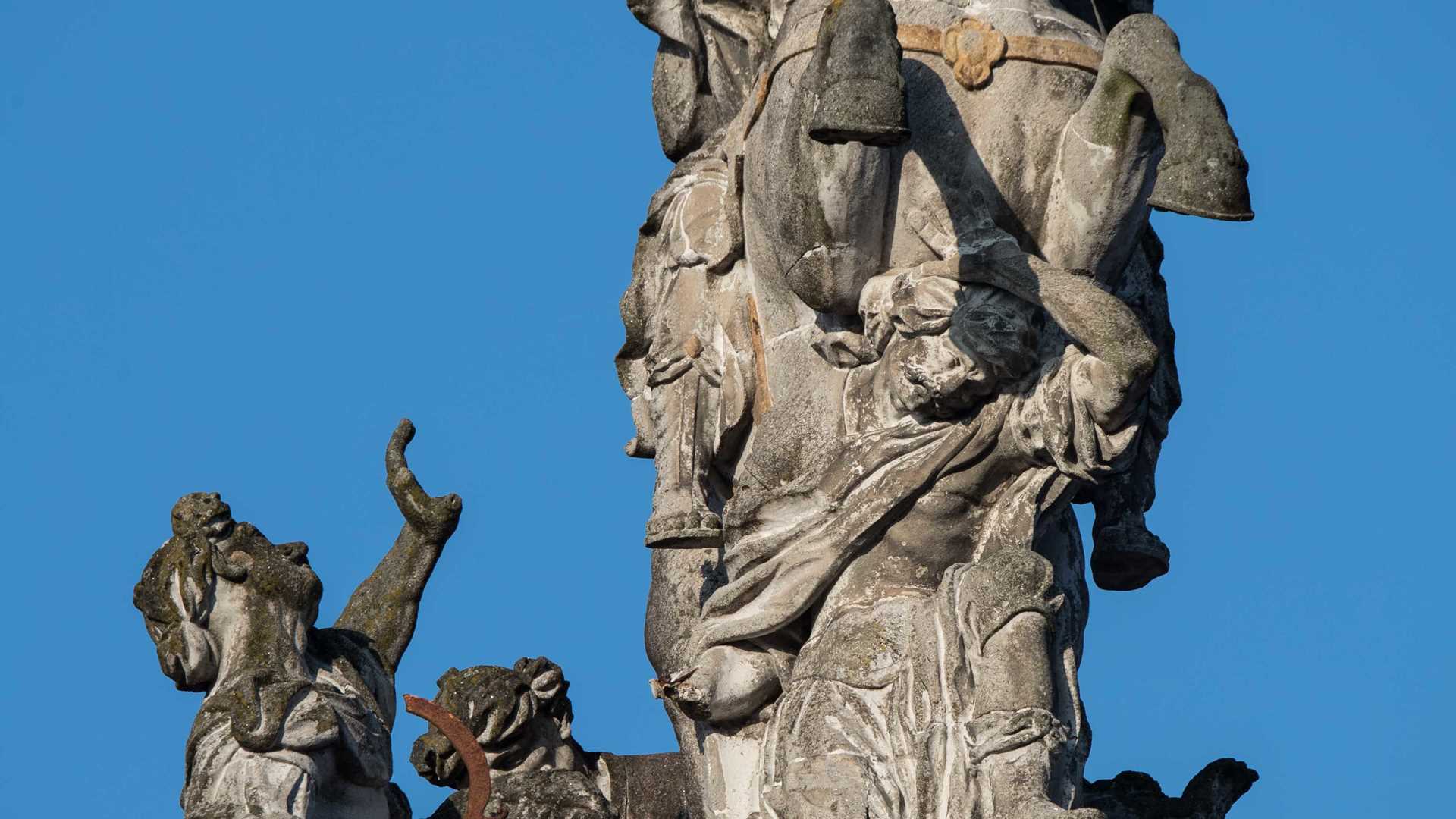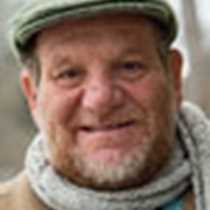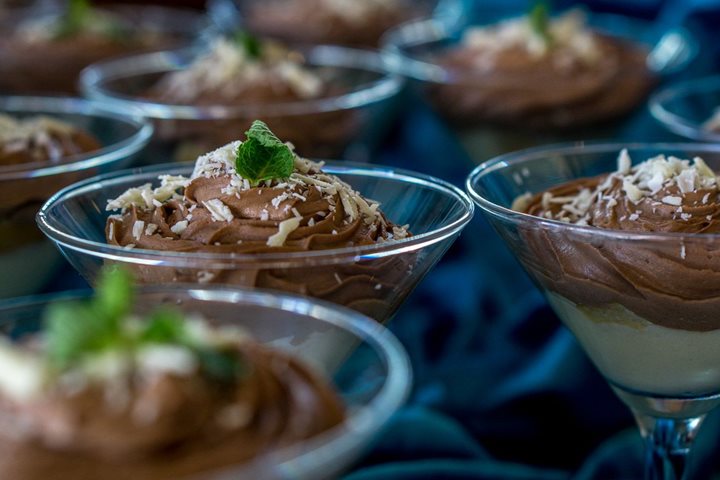It was still dark half an hour into our drive through the “mysterious” (the guides here are very fond of that adjective) Galician countryside on the way to the pilgrimage site of Santiago de Compostela. Galicia is in the northwest corner of Spain, sitting on top of Portugal on the map. However, because it is in Spain, it doesn’t share the more logical time zone of the other European nations this far west like Ireland, the United Kingdom, and Portugal. Mad dogs and Englishmen can go out in the middle of the afternoon and still be sure to catch the midday sun. Why so mysterious? Galicians speak a Romance language very closely related to Portuguese but they never felt at home in either Portugal or Spain and have developed a fondness for Celtic roots that give them, apparently, an affinity for superstition and bag-pipes. Certainly, they share high rainfall totals with their distant Celtic cousins on the Atlantic fringes of
For some, the destination was Santiago de Compostela, the third most important pilgrimage site in Christendom after Jerusalem and Rome. St. James the Apostle was reputed to have come on mission to Spain and after dying back home in Jerusalem his body was returned to the mission field. His relics are the object of pilgrimage in the great cathedral that bears his name high inland in Galicia. A vision of St. James inspired the Reconquista, the medieval movement that culminated in the expulsion of the Moors and Jews from Spain in 1492 under the Catholic monarchs, King Ferdinand, and Queen Isabella. A popular image of St. James shows the saint on a white charger slaying a Moor, a thoroughly anachronistic and hardly politically correct image today. The image is known as Santiago Matamoros, St. James the Slayer of the Moors. Some attended mass in the Cathedral and witnessed the swinging of the botafumeiro, the giant incense burner that once fumigated the church during the pilgrim mass.
The scallop shell established itself early on as the badge of pilgrims to Santiago de Compostela. Those of us who did a small section of the camino acquired shell and staff as souvenirs. Others who followed an alternative itinerary during the day visited the ria coastline, drowned river valleys where scallops, mussels and other splendid seafood abounds. We saw mussel production first hand, and had tastings of the local gastronomy washed down with the local albariño wine that makes such a perfect accompaniment to seafood.






